A vast construction tool, an excavator, is used to excavate and transport tons of dirt, rocks, and other materials. But what are excavator working principles? The working principle of an excavator involves several components, including the hydraulic system, engine, boom, stick, and bucket.
The hydraulic system of an excavator is tasked with overseeing and managing the various attachments of the machine, such as the boom, stick, and bucket, during different operations like digging, pulling, and hammering. Powering this system is an engine that drives a hydraulic pump, which then continuously pumps oil to multiple hydraulic cylinders and motors.
Different sizes of buckets have been attached to the end of the excavator’s arms to operate different functions such as digging, loading, and unloading different materials. Every excavator has a hydraulic system the operator controls for different work with a boom. The operator can control the arm’s length with the control option in his hand.
Table of Contents
ToggleAn excavator is powered by what and how?
Most excavators are diesel engines with different powers to operate different workloads. Every diesel engine has different horsepower with its working capacity. A mighty hydraulic pump that pushes oil to its hydraulic system to operate workload pulling, pushing, digging, etc.
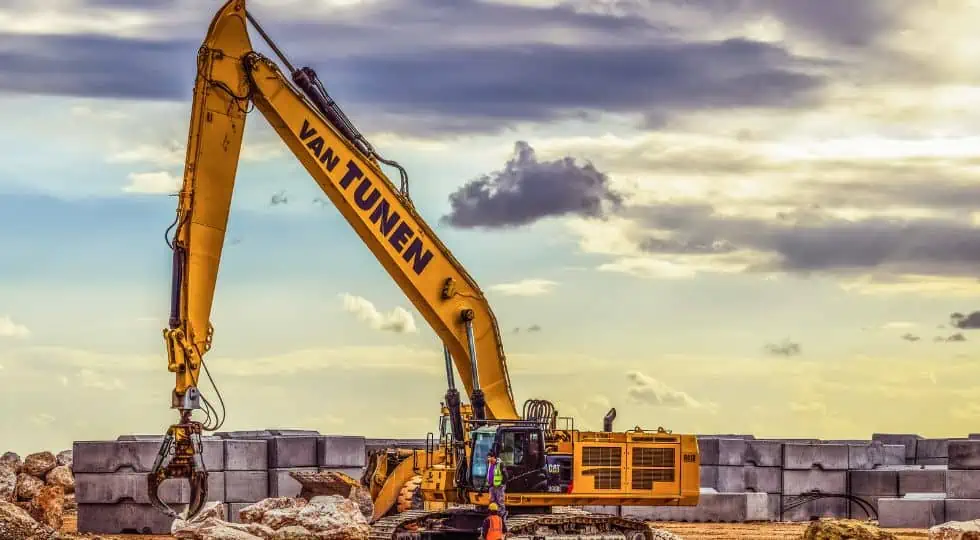
The excavator’s hydraulic system is responsible for converting the energy from the engine into the movement of the different components. The hydraulic system consists of a series of hoses, cylinders, and valves that work together to control the flow of oil and the movement of the different excavator parts.
The excavator operator uses a set of controls to manipulate the movement of the different components. The engine powers the excavator’s hydraulic system, which in turn powers the movement of the different components, allowing for efficient digging and material handling in construction and other industries.
The excavator’s arm
The excavator arm, also known as the boom, is one of the critical components of an excavator. It is a long, curved arm that extends from the machine’s base and is used for digging and reaching materials. The excavator’s arm consists of several sections that can be extended or retracted using hydraulic cylinders.
The first section is the largest and is called the main boom. It is connected to the base of the excavator and provides the primary length of the arm. The stick affixed to the top of the primary boom comes next. The stick is shorter than the main boom and provides additional reach for the excavator’s arm.
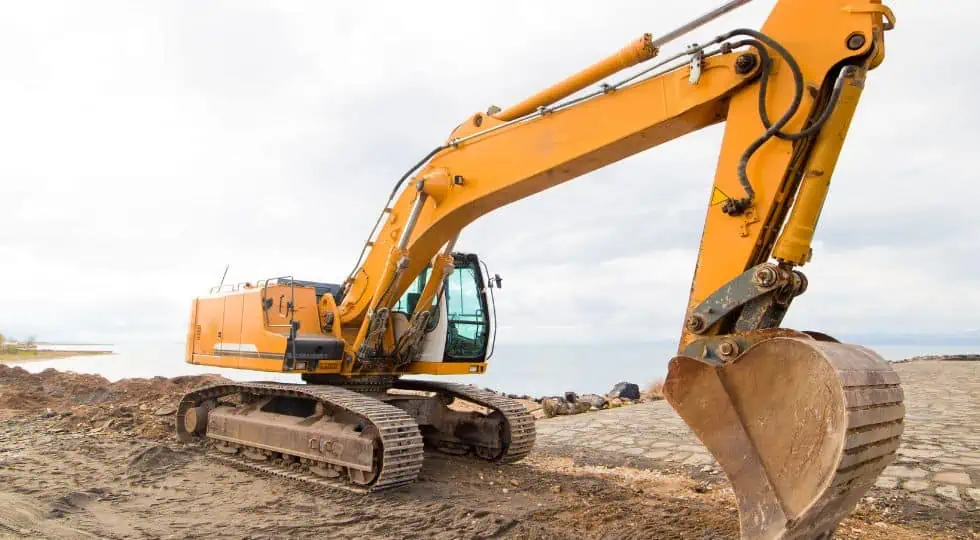
At the end of the stick is a bucket used for digging and scooping up materials. You can bucket attach to the stick with a hinge, which allows it to move up and down. The excavator operator uses a set of controls to manipulate the movement of the different components of the excavator’s arm.
Tracks of excavator
Tracks, also known as tracks or undercarriage, are another essential component of an excavator. The tracks provide the machine with mobility and stability, allowing it to move across various terrain and work in challenging conditions.
The tracks of an excavator are made of metal and are connected to the base of the machine. The tracks consist of metal plates connected by pins and bushings. The tracks are powered by hydraulic motors that drive sprockets at the machine’s rear.
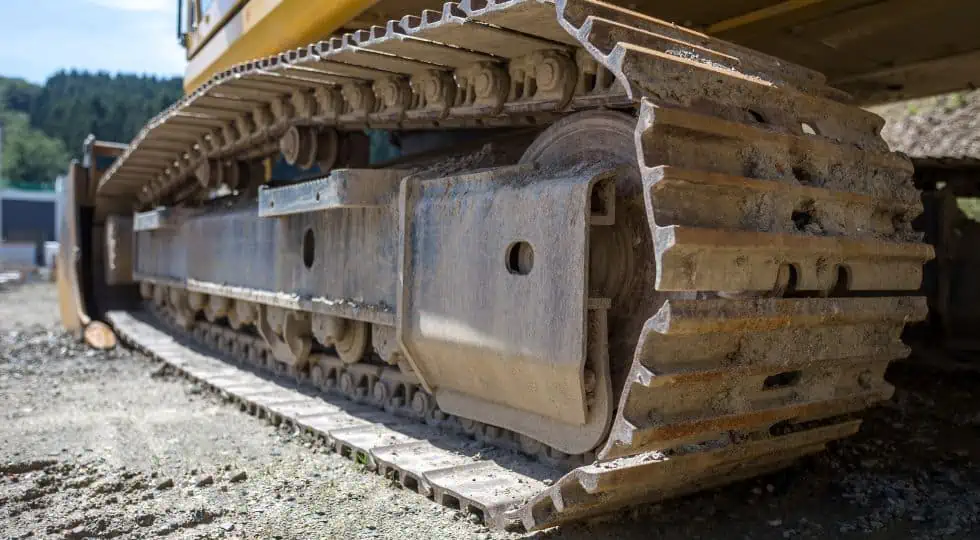
The excavator operator uses a set of foot pedals to control the movement of the tracks. The user can change the excavator’s speed and orientation by depressing the pedals.
The tracks of an excavator are designed to provide stability and traction in various types of terrain, including soft soil, rocks, and slopes. The tracks can also be adjusted to provide different levels of ground pressure, which is essential when working on delicate surfaces.
Difference between different excavator working principles
Excavators are heavy construction equipment that digs, moves, and removes earth, rocks, and other materials. They come in different sizes and designs, but all excavators operate on the same basic principle – the hydraulic system.
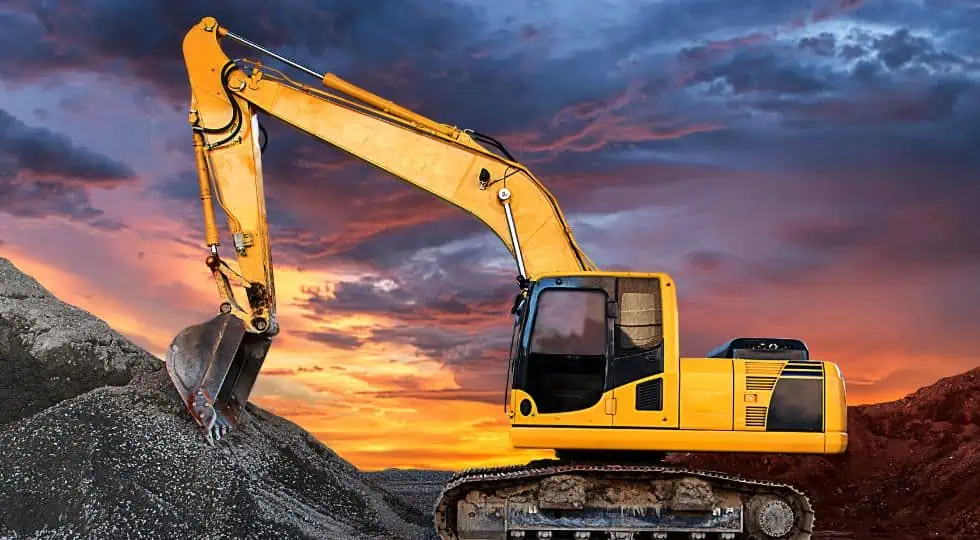
However, there are different types of excavators and every excavator’s working principles. Here are some of the main differences:
- Standard Excavator: A standard excavator is the most common type of excavator, and it works by using a boom, stick, and bucket to dig and move material. The operator operates the equipment using hydraulic handles and pedals while seated in a cab.
- Long-Reach Excavator: A long-reach excavator is designed for working in areas that are difficult to reach. It has a more extended arm and boom, which allows it to reach further than a standard excavator. This type of excavator is commonly used for dredging and clearing out bodies of water.
- Mini Excavator: A mini excavator is a smaller version of the standard excavator, and it is designed for working in tight spaces. It has a compact design and a smaller bucket, which makes it ideal for digging in small areas such as backyards and gardens.
- Dragline Excavator: A dragline excavator is a more significant excavator used for heavy-duty mining operations. It works using a dragline bucket suspended from a boom and cable system. The bucket is lowered into the ground and then dragged back towards the machine, pulling the material up and out of the ground.
- Suction Excavator: A suction excavator is a unique excavator that uses high-pressure air or water to loosen and remove material. It has a large hose that is used to suck up material, and it is commonly used for excavation work in urban areas where traditional excavation methods are impractical.
- Hydraulic Excavators: These excavators use hydraulic power to control the arm, boom, and bucket. A hydraulic pump pumps oil through hydraulic lines to move the various parts. They are frequently employed in building and demolition due to their strength and quickness.
- Cable Excavators: These excavators use cables and winches to move the arm and bucket. They are less common than hydraulic excavators and are often used in situations where hydraulic power is not available or not practical.
- Bucket Wheel Excavators: These excavators use a large wheel with buckets attached. The wheel rotates and scoops material then dumps it onto a conveyor belt. They are commonly used in mining operations.
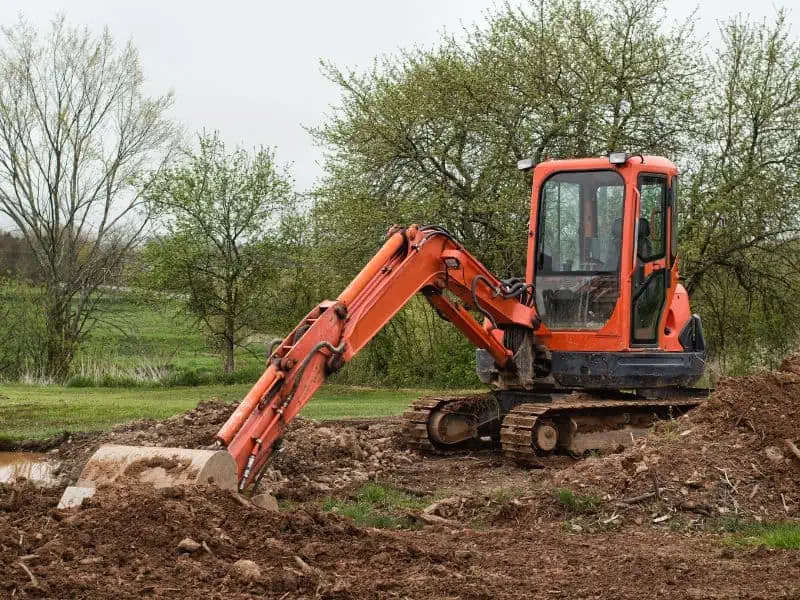
Conclusion
In conclusion, excavators are vital tools used extensively in building, mining, and other sectors. They are powered by diesel engines and use hydraulic systems to operate the different components, including the excavator arm and tracks. The excavator arm, consisting of the main boom, stick, and bucket, is used for digging and moving materials, while the tracks provide the machine with mobility and stability. Using an excavator involves proper training, experience, and adherence to safety guidelines to ensure the efficient and safe operation of the machine. You can contact us if you want more information about excavator working principles.
